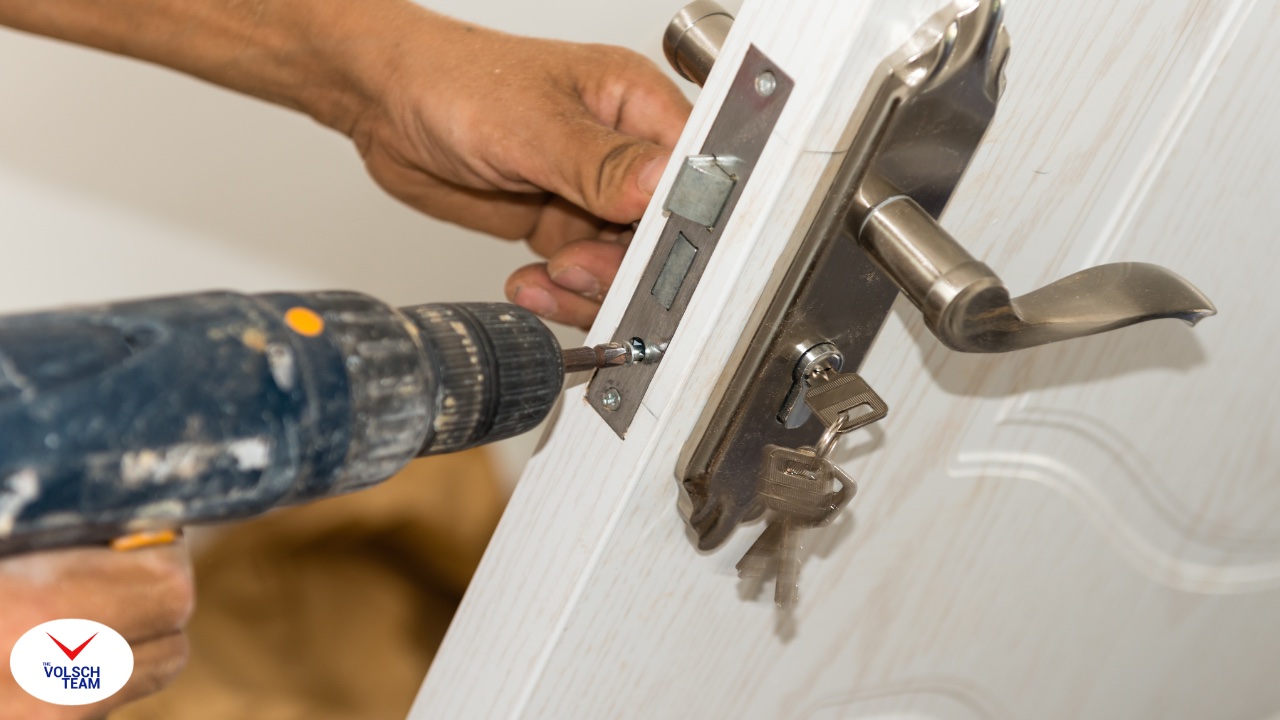Being responsible for a vacant property in an estate often creates the responsibility of potential vandalism and squatters. Unfortunately, it could be an unknown trespasser, a tenant, a caregiver who was caring for the person that’s passed or possibly a family member deciding to move in without consent. Each state has its own laws around possession based on occupancy.
The first important step for the personal representative is securing the property. This can be done by hiring a locksmith to change all the locks and garage codes and posting “No Trespassing” signs.
The second step is to set up a watch of the property. Having a trusted person check on the property is paramount or hiring a service to keep an eye on the home and monitor the property regularly. If the home is in a homeowner’s association or has city codes for lawn and upkeep, the estate needs protection from violations that result in fines that can add up quickly.
The third step is to move through the probate process quickly. The quicker the property is sold, the less time the property is at risk.
In most states, an eviction process of some sort must take place before an unwanted occupant can be legally removed. The eviction process can take 30 to 120 days or more. This unnerving situation requires numerous official notices, meeting specific timelines and filings, and court approvals to authorize the eviction. Once a court has granted the eviction, there is another process for enforcement of the eviction by sheriffs.
An eviction attorney is often required, costing the estate money, lost time, and the inability to market the property for the highest net proceeds. The future condition of the property remains unknown until the property is vacated. That means the value of the property remains unknown.


